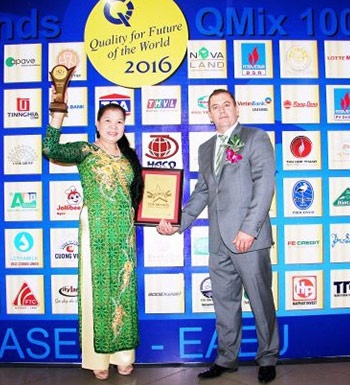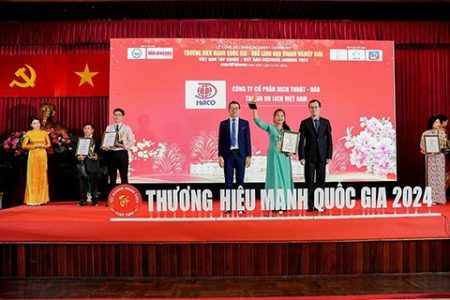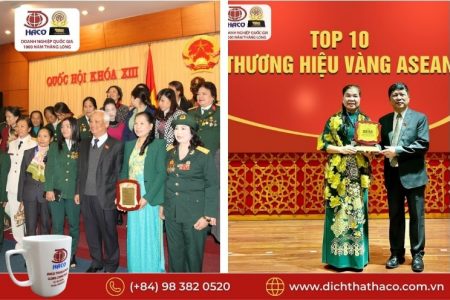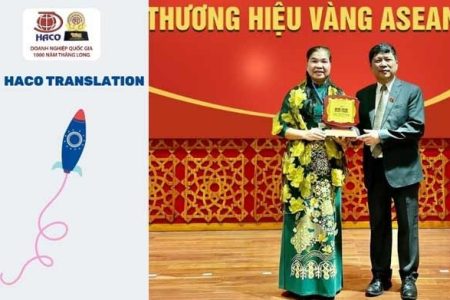"Unlock the power of communication with Bilingual English Japanese translation!"
What is bilingual translation from English to Japanese?
Bilingual English Japanese translation is a specialized field of translation that requires a high level of linguistic and cultural knowledge. It is a complex process that requires a translator to be able to accurately convey the meaning of a text from one language to another. This type of translation is especially important for businesses and organizations that operate in both English and Japanese speaking countries. It is also important for individuals who are looking to communicate with people in both languages. With the help of a professional bilingual English Japanese translator, it is possible to accurately and effectively communicate across language barriers.
The Benefits of Hiring a Professional Bilingual English-Japanese Translator
Hiring a professional bilingual English Japanese translator can be a great asset for any business or individual. A professional translator can provide a range of benefits, from improved communication to increased efficiency. Here are some of the key advantages of hiring a professional bilingual English Japanese translator.
Improved Communication: A professional translator can help bridge the language barrier between English and Japanese speakers. This can be especially beneficial for businesses that need to communicate with customers or partners in both languages. A professional translator can ensure that all messages are accurately conveyed, allowing for smoother communication and better understanding.
Increased Efficiency: A professional translator can help speed up the process of translating documents or other materials. This can save time and money, as well as reduce the risk of errors. A professional translator can also help ensure that all documents are translated accurately and quickly, allowing for faster turnaround times.
Cultural Understanding: A professional translator can help ensure that all messages are accurately conveyed in both languages. This can help to ensure that cultural nuances and differences are taken into account, allowing for better understanding between both parties.
Cost Savings: Hiring a professional translator can be more cost-effective than hiring multiple translators. This can help to reduce costs and ensure that all documents are translated accurately and quickly.
These are just some of the benefits of hiring a professional bilingual English-Japanese translator. By taking advantage of these benefits, businesses and individuals can ensure that all messages are accurately conveyed and that cultural nuances are taken into account. This can help to improve communication, increase efficiency, and save time and money.
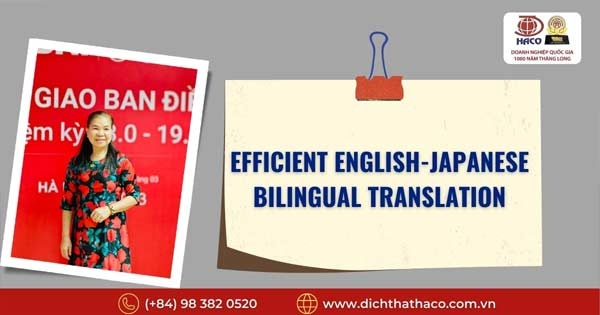
How to Choose the Right Bilingual English-Japanese Translator for Your Project
When selecting a bilingual English-Japanese translator for your project, it is important to consider several factors. First, you should assess the translator’s qualifications and experience. Look for a translator who has a degree in translation or a related field, as well as a proven track record of successful translations. Additionally, you should inquire about the translator’s familiarity with the subject matter of your project. It is important to find a translator who is knowledgeable in the specific terminology and concepts related to your project.
Second, you should consider the translator’s communication skills. It is important to find a translator who is able to effectively communicate with you and other stakeholders in the project. Ask for references and samples of the translator’s work to get a better sense of their communication style.
Third, you should evaluate the translator’s writing style. It is important to find a translator who is able to write in a formal and professional tone that is appropriate for your project. Ask for samples of the translator’s work to get a better sense of their writing style.
Finally, you should consider the translator’s availability. Make sure that the translator is able to meet the timeline and deadlines of your project.
By taking the time to assess the qualifications, experience, communication skills, writing style, and availability of a bilingual English-Japanese translator, you can ensure that you select the right translator for your project.

The Challenges of Translating Between English and Japanese
Translating between English and Japanese can be a challenging task due to the vast differences between the two languages. English is a Germanic language, while Japanese is a member of the Japonic language family. As a result, the two languages have very different grammatical structures, vocabularies, and writing systems.
One of the most difficult aspects of translating between English and Japanese is the writing system. English is written using the Latin alphabet, while Japanese is written using a combination of three writing systems: kanji, hiragana, and katakana. Kanji are Chinese characters that are used to represent words and concepts, while hiragana and katakana are two syllabic writing systems that are used to represent sounds. As a result, translating between English and Japanese requires a deep understanding of both languages and their writing systems.
Another challenge of translating between English and Japanese is the differences in grammar. English is a subject-verb-object language, while Japanese is a subject-object-verb language. This means that the order of words in a sentence can be very different between the two languages. Additionally, English has a relatively simple verb conjugation system, while Japanese has a complex system of verb conjugations that must be taken into account when translating.
Finally, the vocabularies of English and Japanese are very different. English has a large number of loanwords from other languages, while Japanese has a much smaller number of loanwords. As a result, it can be difficult to find the right words to accurately convey the meaning of a sentence when translating between the two languages.
In conclusion, translating between English and Japanese can be a difficult task due to the vast differences between the two languages. Translators must have a deep understanding of both languages and their writing systems, as well as the differences in grammar and vocabulary. With the right knowledge and skills, however, it is possible to accurately translate between English and Japanese.

Tips for Writing Effective Bilingual English-Japanese Translations
1. Research the cultural context of the text: Before beginning the translation process, it is important to research the cultural context of the text. This will help you to understand the nuances of the language and ensure that the translation is accurate and appropriate.
2. Use a bilingual dictionary: A bilingual dictionary is an invaluable tool for translating between English and Japanese. It can help you to find the correct words and phrases to accurately convey the meaning of the text.
3. Be aware of the differences between English and Japanese: English and Japanese have different grammar rules and sentence structures. It is important to be aware of these differences when translating between the two languages.
4. Use appropriate honorifics: Honorifics are an important part of the Japanese language and should be used appropriately when translating between English and Japanese.
5. Proofread your work: Once you have completed the translation, it is important to proofread your work to ensure that it is accurate and free of errors.
6. Seek feedback from a native speaker: If possible, it is a good idea to seek feedback from a native speaker of both English and Japanese. This will help to ensure that the translation is accurate and appropriate.
HACO TRANSLATION COMPANY – THE 1ST PRESTIGIOUS TRANSLATION SERVICE PROVIDER IN VIETNAM

COME WITH HACO TO FEEL THE DIFFERENCE AND COMPARE;
YOU WILL SEE THE BRAND WORTHY TO CHOOSE
20 years of accompanying enterprises
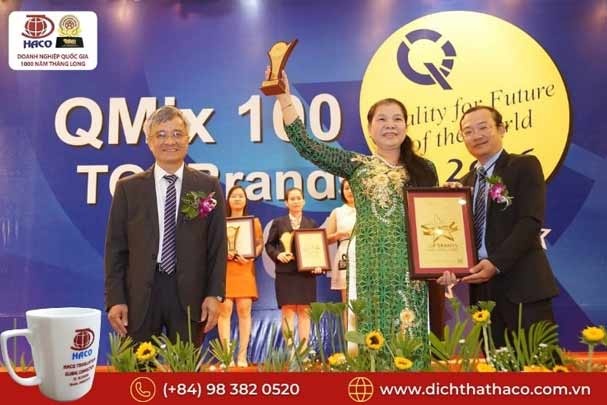
Thông tin liên hệ:
Địa chỉ Miền Bắc: Số 2, Ngõ 68, Ngụy Như Kon Tum, Phường Nhân Chính, Quận Thanh Xuân, Hà Nội
Địa chỉ Miền Nam: 2A/3 Nguyễn Thị Minh Khai, P. Đa Kao, Quận 1, TP.HCM Địa chỉ
Singapore : 391B Orchard Road, Ngee City Tower B Singapore 238874
Di động: +84 983 820 520
Điện thoại & Fax: +84 24 3554 3604
Email: hanoi@dichthuathaco.vn

